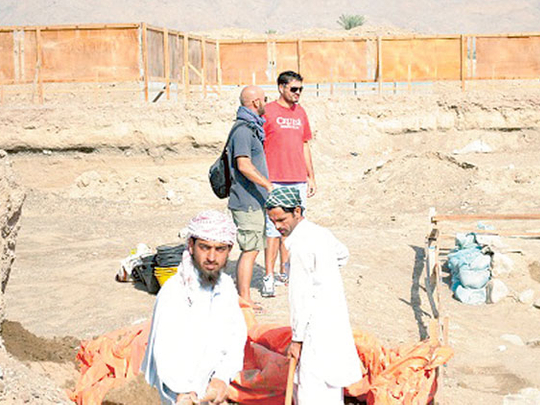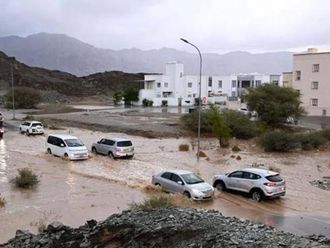
Muscat: An international team of archaeologists has stumbled upon a cache of relics dating back several millennia in the northern Omani enclave of Musandam.
The discovery, which was made in the Dibba district of Musandam Governorate, is believed to be some 3,500 years old, and has been billed by the Ministry of Heritage and Culture as among the most stunning archaeological finds of recent times.
According to a report in the Arabic newspaper Oman, the site first came to light last year when construction workers building the foundations of a local sports club, chanced upon what appeared to be an ancient tomb strewn with human bones.
Italian and Greek archaeologists, who were brought in by the Ministry to study the site, have since uncovered the trappings of a full-fledged burial chamber housing the human remains of at least 188 individuals. Scattered around the site were remnants of pottery, swords, daggers and ancient jewellery. Using carbon-dating techniques, experts have pinpointed the site’s antiquity to around 1300BC.
The chamber itself was an impressive structure. But with limestone material and rocks sourced from a local wadi, the structure measured 14 metres long and 3.5 metres wide. Using ground penetrating radar (GPR), the international teams are scouring the surrounding area for similar burial chambers or other subterranean structures that may yield evidence of a much larger archaeological find.
Significantly, the site is the most important archaeological find to date in the Musandam peninsula, a rugged region of Oman known for its dramatic massifs and magnificent fjords.
Little is known about the origins of the ancient communities that settled in this remote and mountainous region, although experts point to possible trade ties with ancient Persian civilizations that thrived across the Hormuz Strait in modern day Iran.
Further archaeological studies are ongoing, according to the report.












